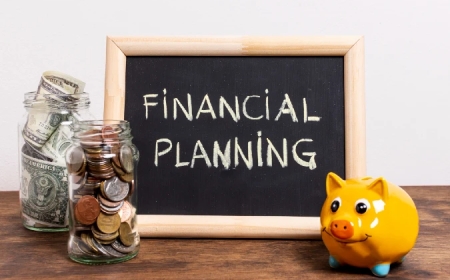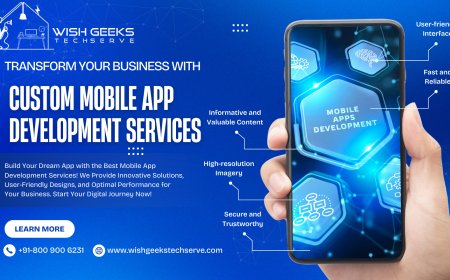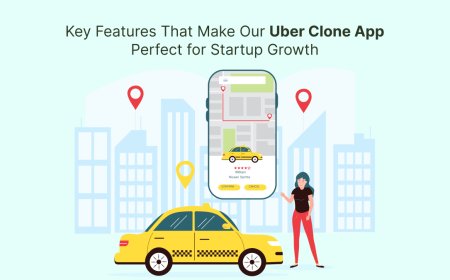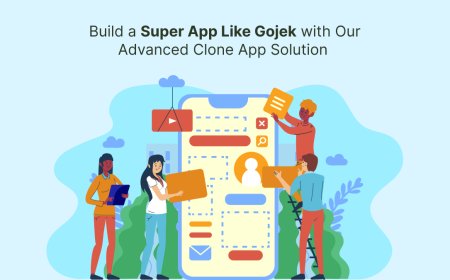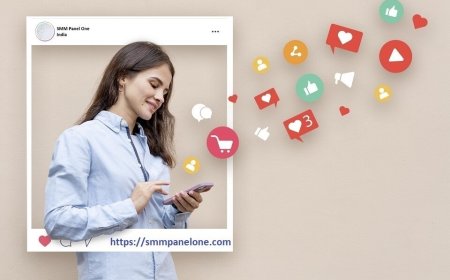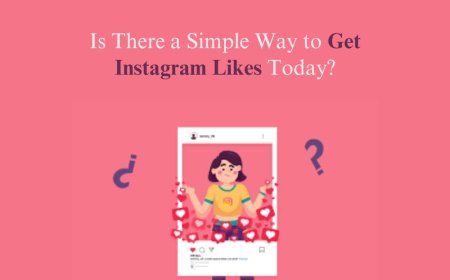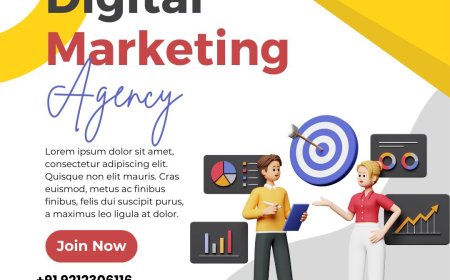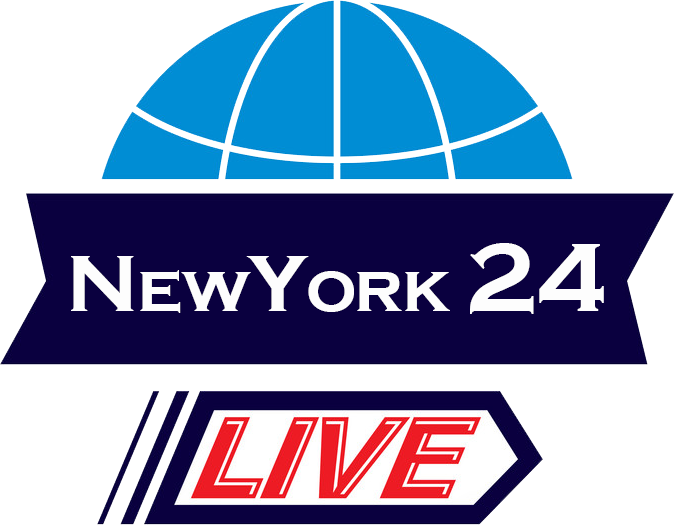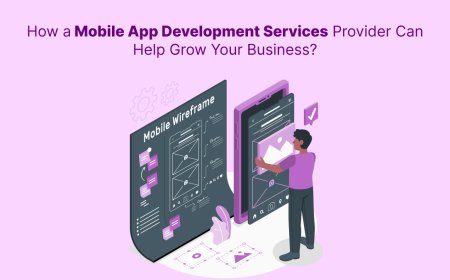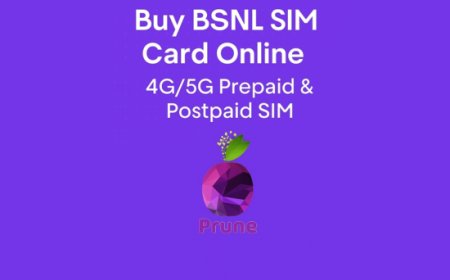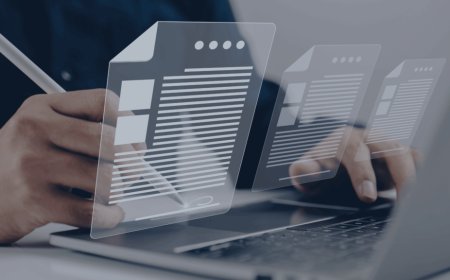Top Customer Retention Software to Boost Brand Loyalty
Customer retention software is a platform or set of tools that helps businesses monitor, manage, and improve the customer experience to reduce churn and boost repeat purchases.
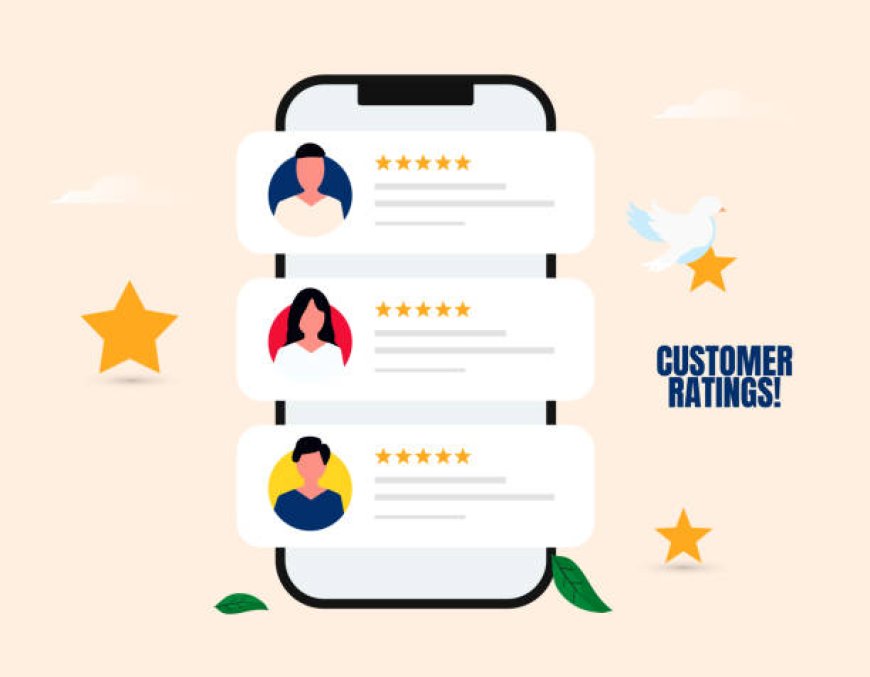
Customer retention has become one of the most crucial success metrics in todays business world. With rising acquisition costs and increased competition, companies must focus not only on attracting new customers but also on keeping existing ones satisfied and engaged. This shift in focus has led to the growing adoption of customer retention software, a suite of digital tools designed to help businesses retain their customer base through strategic engagement, personalization, and loyalty initiatives.
Whether you operate an eCommerce store, SaaS platform, or retail chain, retaining customers is significantly more cost-effective than acquiring new ones. Moreover, loyal customers are more likely to become brand advocates, refer others, and spend more over time. With the right technology in place, you can track behavior, predict churn, and implement timely interventions that improve the overall customer experience and drive repeat business.
What Is Customer Retention Software?
Customer retention software is a platform or set of tools that helps businesses monitor, manage, and improve the customer experience to reduce churn and boost repeat purchases. These systems typically include a combination of data analytics, communication automation, loyalty program management, and customer feedback tools.
By collecting real-time data on customer interactions, preferences, and satisfaction, businesses can create targeted campaigns that resonate with each user. These tools not only help improve customer satisfaction but also drive long-term engagement and loyalty.
Why Retention Matters More Than Ever
According to various studies, acquiring a new customer can cost five to seven times more than retaining an existing one. Furthermore, increasing customer retention rates by just 5% can lead to a profit increase of 25% to 95%. These numbers highlight the power of customer retention strategies and the critical role software plays in executing them effectively.
Benefits of Customer Retention Software:
-
Predictive Analytics: Identify potential churn before it happens and take preemptive action.
-
Personalized Engagement: Deliver messages, offers, and content based on behavior and preferences.
-
Automated Communication: Send well-timed emails, SMS, or in-app messages without manual effort.
-
Loyalty Program Integration: Manage and optimize reward systems to keep customers coming back.
-
Customer Feedback Tools: Collect and analyze satisfaction scores (NPS, CSAT, CES) to drive improvements.
Top Features to Look for in Customer Retention Software
Choosing the right software depends on your business type and customer base, but certain features are universally valuable:
1. Behavioral Analytics
Track customer activity, including purchases, logins, time spent, and content interactions. This data helps segment users and understand what drives their loyaltyor what signals potential churn.
2. Customer Segmentation
Group customers based on shared characteristics such as purchase frequency, lifetime value, location, or engagement levels. This makes it easier to tailor communications and offers to each group.
3. Multi-Channel Communication
Retention software should support communication across channelsemail, SMS, push notifications, and chat. Engaging with customers where they prefer increases the chances of maintaining their interest.
4. Automated Workflows
Create automated workflows to welcome new users, re-engage inactive ones, or reward loyal customers. This ensures consistency while freeing up your team for more strategic work.
5. Loyalty and Referral Programs
Many tools allow you to launch and manage loyalty and referral programs that encourage repeat business. These programs provide a tangible reason for customers to keep coming back.
In one use case, a fashion retailer saw a 30% increase in repeat purchases after integrating a loyalty module into their customer retention software. These improvements were part of a broader focus on Customer Retention Strategies that also included personalized offers and automated win-back campaigns.
6. Customer Feedback Collection
Integrated surveys and feedback tools allow you to track NPS, CSAT, and CES scores. Understanding how customers feel about your service gives you the insight needed to improve.
7. Integration with Existing Tools
Ensure the software integrates seamlessly with your CRM, email marketing platform, eCommerce backend, and analytics tools. A unified tech stack creates more efficient and accurate workflows.
Top Customer Retention Software Options
Some leading platforms in this space include:
-
Klaviyo Ideal for eCommerce, with personalized email/SMS workflows.
-
HubSpot Service Hub Combines CRM, ticketing, feedback tools, and automation.
-
Zendesk Offers robust customer service and feedback management tools.
-
LoyaltyLion Great for managing loyalty programs and integrating with Shopify.
-
Optimove Uses predictive analytics and multichannel marketing to reduce churn.
Each of these tools offers different strengths depending on your needs. Some specialize in automation, others in loyalty, and some combine several features into one platform.
How to Build a Customer Retention Strategy with Software
While powerful on their own, retention tools must be part of a comprehensive strategy. Heres how to align your tech stack with your customer retention goals:
Step 1: Set Clear Retention Goals
Define what success looks likewhether it's increasing repeat purchases by 20% or reducing churn by 15%.
Step 2: Segment Your Audience
Use your software to identify key customer groups: high-value customers, new customers, at-risk customers, etc.
Step 3: Personalize Communication
Send behavior-based messages that speak directly to the customers interests, preferences, and needs.
Step 4: Reward Loyalty
Integrate a loyalty program that offers valuable incentives for continued business.
Step 5: Monitor and Optimize
Regularly review your retention metrics, test new strategies, and refine your approach based on performance data.
Common Mistakes to Avoid
-
One-Size-Fits-All Messaging: Generic content often gets ignored. Personalization is key.
-
Neglecting Feedback: Dont just collect feedbackact on it.
-
Over-Automating: Maintain a balance between automation and authentic human interaction.
-
Ignoring Lapsed Users: Use re-engagement campaigns to bring back inactive customers.
Final Thoughts
In a crowded marketplace where attention spans are short and switching costs are low, businesses must go beyond great productsthey must create meaningful relationships. Customer retention software is the key to maintaining those relationships, providing the tools and insights needed to deliver consistent, personalized, and engaging customer experiences.
Whether youre a small business looking to reduce churn or a large enterprise aiming to increase lifetime value, investing in the right retention softwareand aligning it with thoughtful customer retention strategiescan transform your business. Its not just about keeping customers; its about creating brand advocates who return, refer, and remain loyal for years to come.






